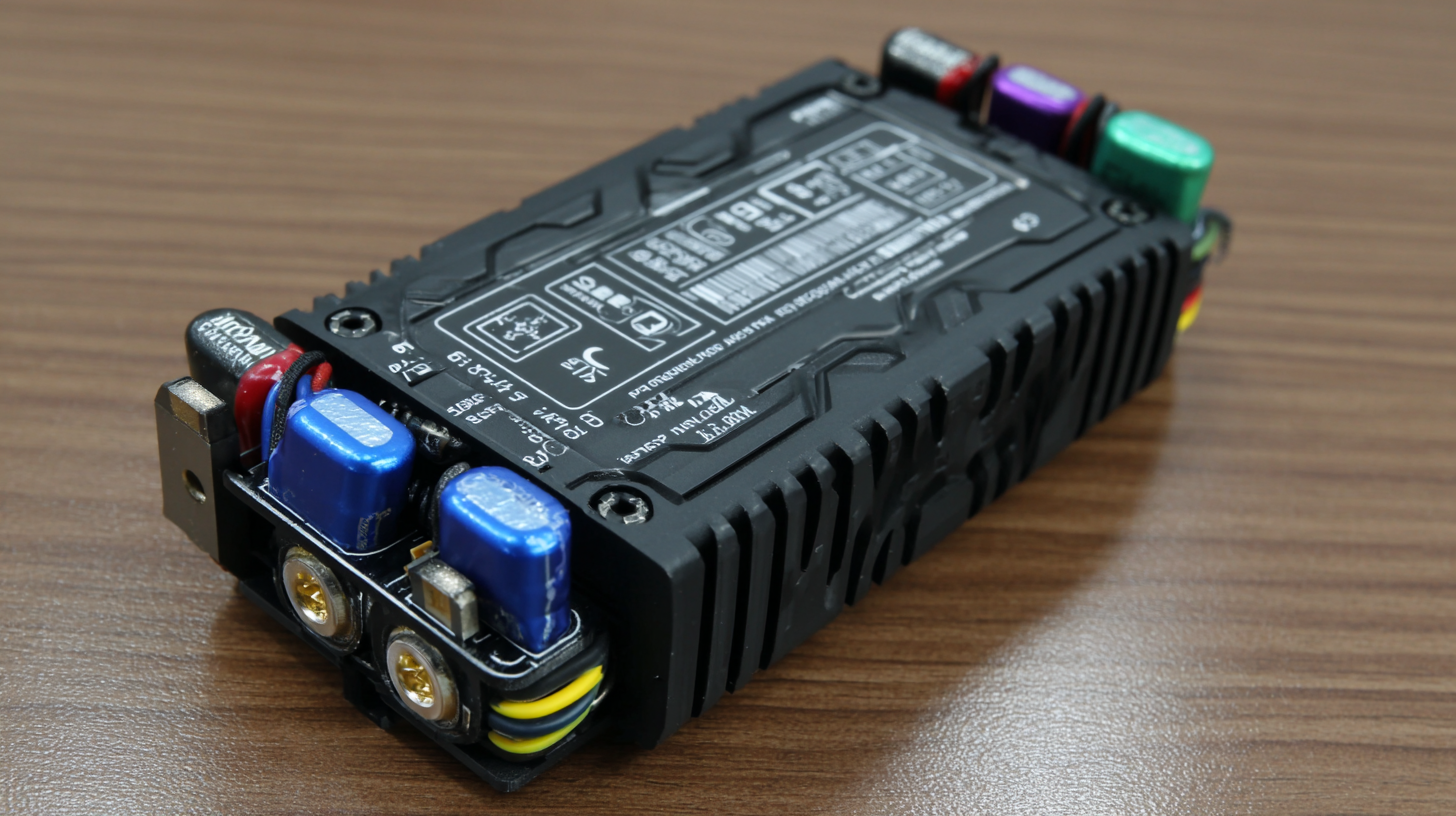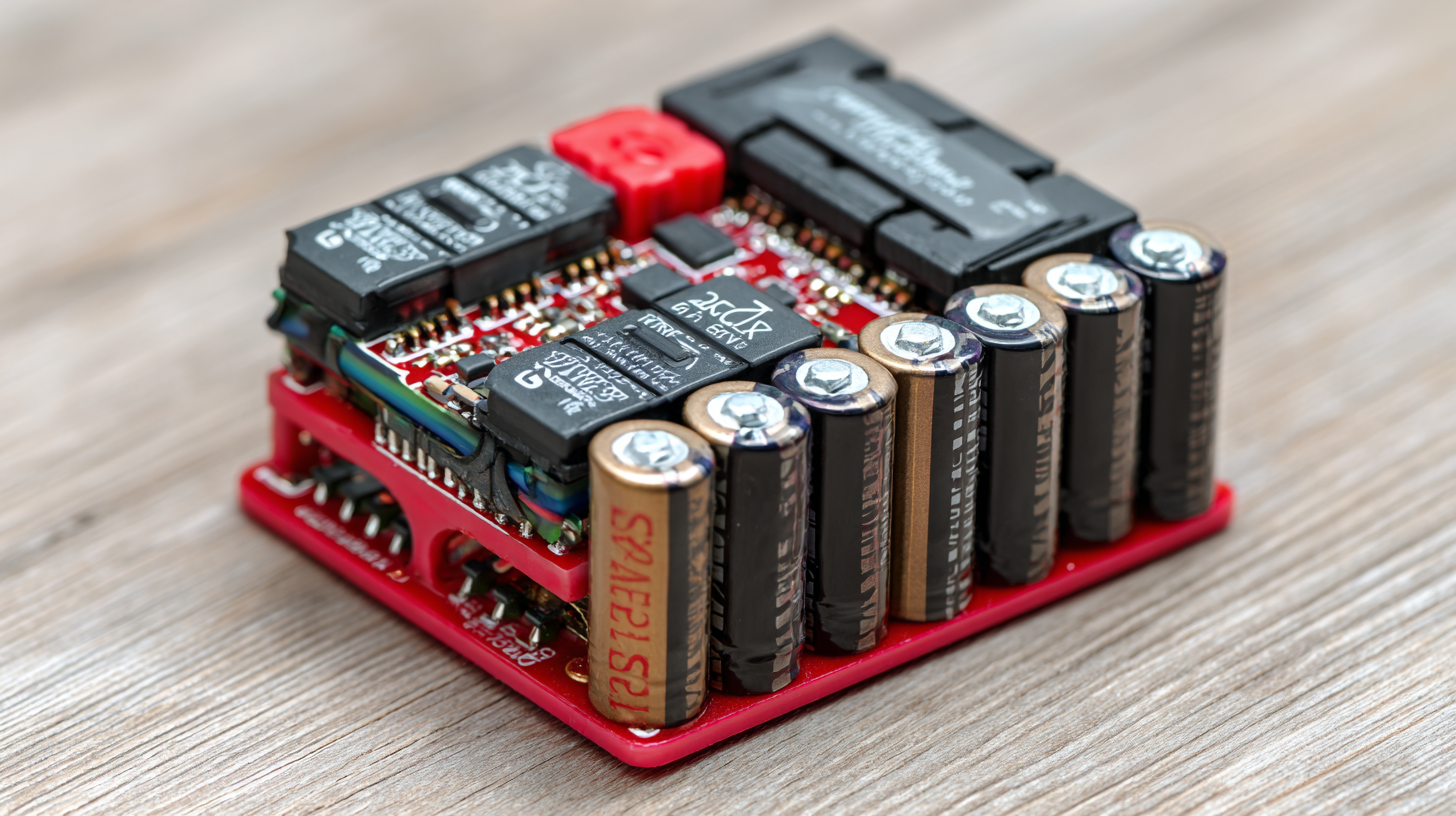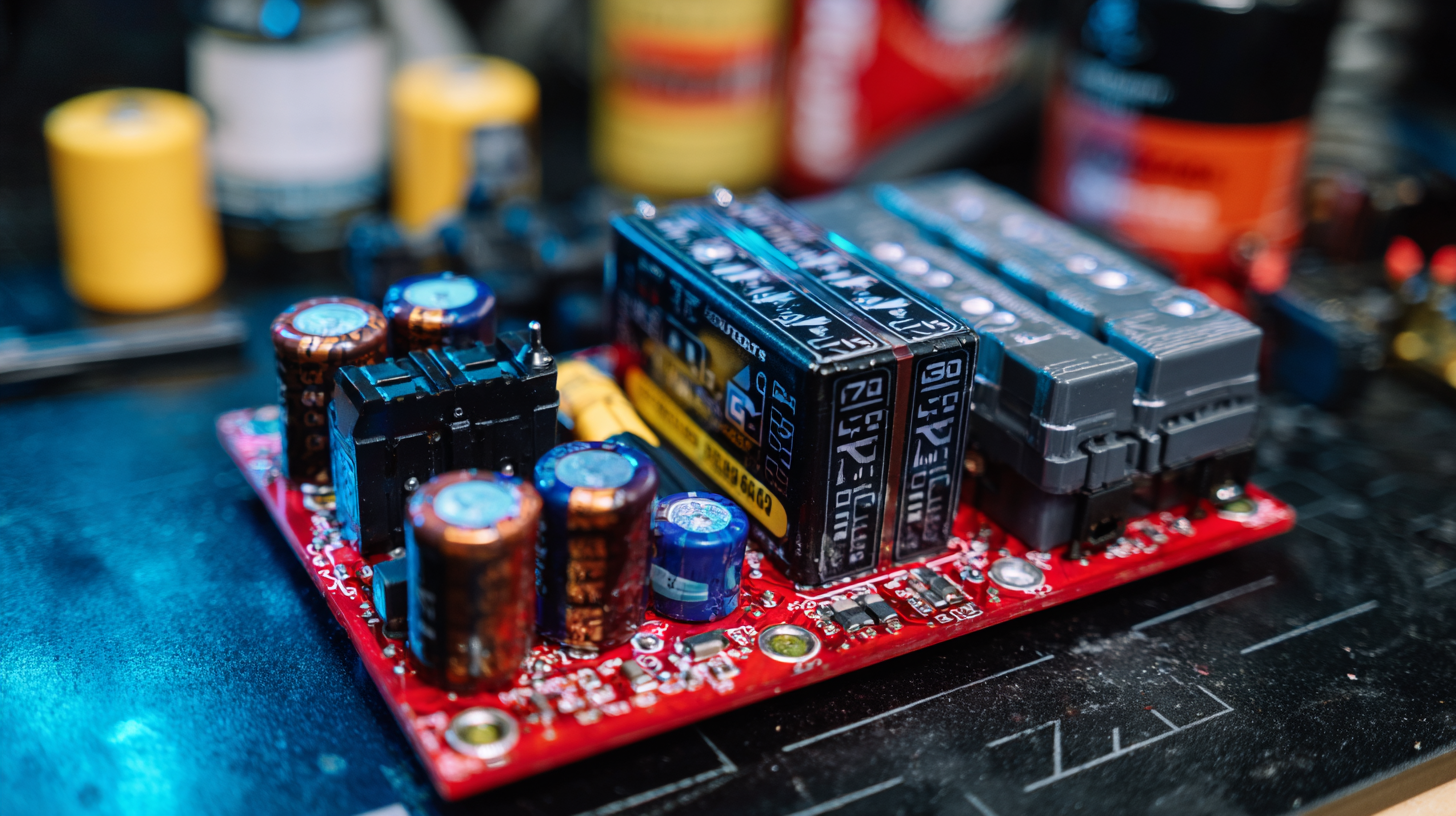 +86-13928815851
+86-13928815851
Leave Your Message
-
 CONTACT NUMBER
CONTACT NUMBER -
 CONTACT NUMBER
CONTACT NUMBER -
 CONTACT NUMBER
CONTACT NUMBER



Selecting the right 2s Lipo battery can significantly impact the performance and longevity of your RC vehicles, drones, and other electronic devices. As the demand for high-performance batteries continues to rise, market research indicates that the global lithium polymer battery market is expected to reach approximately $19.8 billion by 2025, growing at a CAGR of 9.9% from 2020 to 2025. This growth is driven by the increasing use of 2s Lipo batteries in a variety of applications, from consumer electronics to automotive. Therefore, understanding the characteristics and specifications that make up a quality 2s Lipo battery is essential for enthusiasts and professionals alike. In this ultimate guide, we will delve into the critical factors to consider, such as capacity, discharge rates, and compatibility, empowering you to make an informed choice that aligns with your specific needs and ensures optimal performance.

When it comes to choosing the right 2s LiPo battery, understanding the basics is crucial for optimal performance in your RC devices or drones. A 2s configuration means that the battery comprises two cells in series, which typically results in a nominal voltage of 7.4V. This voltage specification makes it popular for various applications, providing a balance between weight and power output. However, it’s essential to keep in mind the discharge rate, measured in C ratings, as this significantly impacts how well the battery will perform under heavy loads.
**Tip:** Always match the battery’s C rating with the requirements of your RC model. A higher C rating can provide better performance, especially during acceleration. Additionally, consider the battery's capacity, measured in milliampere-hours (mAh), as this directly influences the run time. For example, a higher capacity battery will keep your device powered for longer periods, but will also weigh more.
Understanding the necessary connectors is also key when choosing a 2s LiPo battery, as compatibility with your existing equipment will affect performance. Different connectors like XT60, JST, or Deans have varying characteristics and can influence how efficiently power is transferred during operation.
**Tip:** Always check your device’s connector type, and consider purchasing adapters if needed to ensure seamless integration. This attention to detail will enhance not only the performance but also the longevity of your battery and device.
This chart compares the capacities (in mAh) of various 2s Lipo batteries, highlighting the differences in performance based on usage scenarios.
When selecting the right 2s Lipo battery, there are several key factors to consider to ensure optimal performance and longevity. First and foremost, it is crucial to understand the discharge rate, commonly denoted as "C rating." The C rating helps determine how quickly the battery can release energy. For high-performance applications, such as racing drones or RC cars, opt for a battery with a higher C rating to prevent overheating and to provide consistent power during intense usage.
Another essential factor is capacity, measured in milliamp hours (mAh). A higher mAh rating indicates a battery can hold more energy, which translates to longer runtime. However, balancing capacity with weight is vital, especially in applications where every gram counts, such as in competitive drone racing. Assessing the weight-to-capacity ratio will help you find a battery that meets both your performance expectations and practical limitations.
Lastly, consider the battery’s physical dimensions and connector compatibility. Ensuring that the battery fits securely in your device and has the correct connectors will save you time and hassle while maximizing performance. By focusing on these factors—discharge rate, capacity, and physical specifications—you can confidently choose a 2s Lipo battery tailored to your specific needs.

When it comes to selecting the right lipo battery for your RC projects, understanding cell count is crucial. The 2s lipo battery, which consists of two cells connected in series, has gained immense popularity among hobbyists due to its balanced performance and versatility. Each cell operates at a nominal voltage of 3.7 volts, resulting in a total voltage of 7.4 volts for the 2s configuration. This allows enthusiasts to achieve a great balance between power output and flight time, making it an ideal choice for various applications, from drones to remote-controlled cars.
Additionally, the 2s lipo battery supports higher discharge rates, providing the necessary punch for demanding applications without compromising on efficiency. This makes it particularly appealing for both beginners and experienced users who seek reliability during their operations. Moreover, the compact size and relatively lightweight nature of 2s lipo batteries make them easy to integrate into various setups, further solidifying their status as a go-to option. Whether you're racing, flying, or just having fun, the 2s lipo battery offers a compelling mix of performance and convenience.
| Specification | Description | Benefits | Use Cases |
|---|---|---|---|
| Voltage | 7.4 V | Provides sufficient power for many applications | RC cars, drones, and electric boats |
| Capacity | 2200 mAh | Longer flight or run times | Drones, RC airplanes, and more |
| Discharge Rate | 40C | Ability to deliver high current without damage | High-speed racing and aggressive maneuvers |
| Weight | 180 g | Lightweight improves overall performance | Drones and lightweight RC models |
| Chemistry | Lithium Polymer (LiPo) | Higher energy density compared to other battery types | Drones, aircraft, and various RC applications |
When choosing the right 2s Lipo battery, it's essential to evaluate both its capacity and discharge rates, as these factors significantly impact the battery's overall performance in various applications. The capacity of a Lipo battery, measured in milliamp hours (mAh), determines how long the battery can power your device. A higher capacity means longer run times, which is particularly important for devices requiring sustained power, such as drones or RC vehicles. Evaluating your specific needs will guide you in selecting a battery with appropriate capacity to match your usage patterns.
Discharge rates, indicated by the "C" rating, reveal how quickly a battery can release its stored energy without damaging the internal components. A higher C rating is advantageous for high-performance applications, like racing drones, where quick bursts of power are necessary. Also, understanding the balance between capacity and discharge rates is crucial, as a battery designed with high capacity but low discharge rates may not perform well in demanding situations. Incorporating insights from recent advancements in battery technology, such as improved charge-discharge behaviors and enhanced energy storage capabilities, can lead you to make an informed decision in your quest for the perfect 2s Lipo battery.
 To prolong the lifespan of your 2s Lipo battery, regular maintenance is key. One essential tip is to ensure proper storage voltage. Keeping your battery at approximately 3.8 volts per cell when not in use helps prevent over-discharge and degradation. Always use an appropriate Lipo storage bag for safety and to minimize the risk of damage from any potential swelling or puncturing.
To prolong the lifespan of your 2s Lipo battery, regular maintenance is key. One essential tip is to ensure proper storage voltage. Keeping your battery at approximately 3.8 volts per cell when not in use helps prevent over-discharge and degradation. Always use an appropriate Lipo storage bag for safety and to minimize the risk of damage from any potential swelling or puncturing.
Another important aspect of battery care is monitoring temperature. Avoid charging or discharging your battery in extreme temperatures, as both high heat and excessive cold can significantly reduce performance and longevity. Try to charge your battery in a cool environment, and be mindful of the temperature during use. If possible, invest in a temperature sensor to keep track of your battery's heat levels.
Lastly, invest time in understanding your charger. Use a high-quality Lipo charger that offers balance charging to ensure all cells in your 2s battery remain equal in voltage. This not only enhances performance but also mitigates risks of cell damage, ensuring your battery remains healthy for an extended period. Proper handling and knowledge of your equipment can make a significant difference in the longevity of your 2s Lipo battery.






